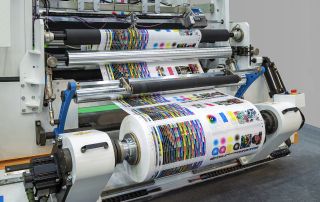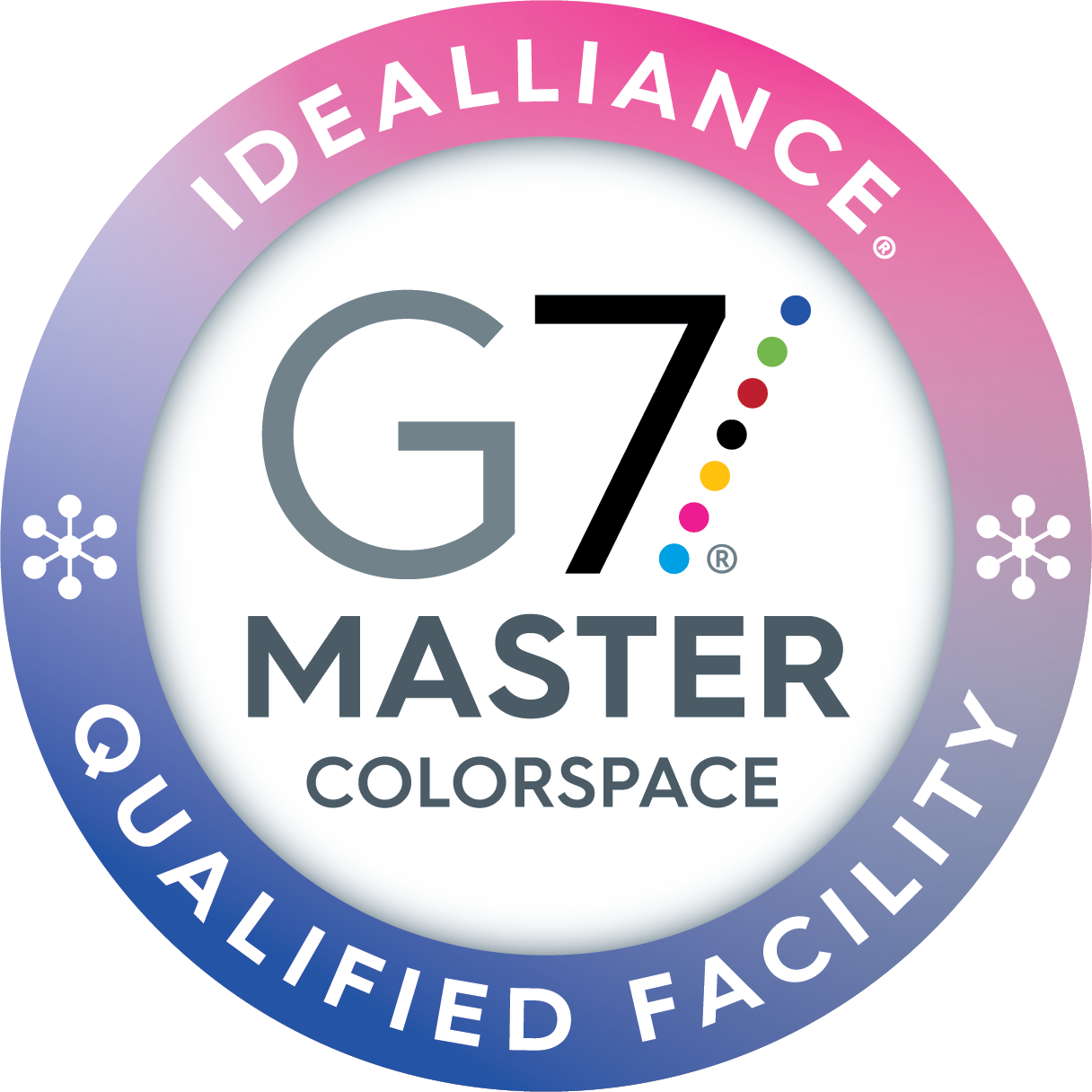In today’s modern era, digital printing has emerged as a modern technology that has revolutionized the printing industry. In contrast, offset printing has been a conventional printing technique that has been in use for decades. But which one is better?

Deciding between digital and offset printing can be difficult, but choosing the right one can ensure your products come out exactly as you envisioned. Let’s take an in-depth look and compare digital and offset printing techniques to help you select which is best for you and your printing goals.
An Overview of Digital Printing
Digital printing is a contemporary method that involves transferring digital files and images directly onto various media, such as paper, fabric, and plastic, by using specialized printers. These printers use either laser or inkjet technology to spread small droplets of ink or toner onto the substrate, translating the digital file into a tangible, high-quality output. Digital printing is well-suited for smaller print runs and highly personalized projects, as its process allows for easy customization and quick turnaround times.
The major advantages of digital printing include its ability to print on demand, produce consistent results, and provide a lower initial cost for smaller quantities. However, the per-unit cost can be higher than offset printing, and some digital printers may struggle to reproduce complex color gradients and patterns as accurately as their counterparts.
An Overview of Offset Printing
Offset printing is a time-tested method that has been prevalent for over a century. This printing technique uses plates, typically aluminum in composition, to transfer an inked image (or design) onto a rubber blanket. From there, the printer rolls the image onto the desired print media.
Offset printing offers a clear advantage in terms of large-volume jobs, as the per-unit cost decreases with increased order size. Additionally, offset printing accurately reproduces colors, making it ideal for intricate designs and high-quality outcomes. However, it’s important to note that offset printing requires longer setup times and higher initial costs, which means it’s not always the most cost-effective option for smaller projects.
Comparing Digital and Offset Printing
While both digital and offset printing have their own unique strengths, it’s important to consider the specific needs of each project before deciding. Some factors that may influence your choice include:
- Quantity: Digital printing is typically more cost-effective for smaller print runs, while offset printing becomes more affordable as the order volume increases.
- Color accuracy: If you require precise color matching, offset printing is usually the better choice. Digital printers can struggle with reproducing certain colors and gradients accurately.
- Turnaround time: Digital printing has a quicker turnaround time due to its simpler setup process, making it the preferred choice for rush orders and tight deadlines.
Which Printing Technique Is Right for Your Project?
When it comes down to choosing between digital and offset printing, there’s no one-size-fits-all solution. For smaller projects with tighter deadlines, digital printing may be the better choice due to its quick turnaround, lower setup costs, and on-demand capabilities. It’s best for things like personalized invitations, business cards, and on-demand book printing. However, if your project calls for the highest-quality and most precise color reproduction or the use of specialty inks, offset printing could prove to be the superior choice.
With this comparison of digital and offset printing, hopefully, deciding which is best for you and your project is a little easier. Luckily, here at Tigerpress, we offer an array of printing services to make professional, clean, and engaging custom product packaging. Let Tigerpress help you put your product in the spotlight!

